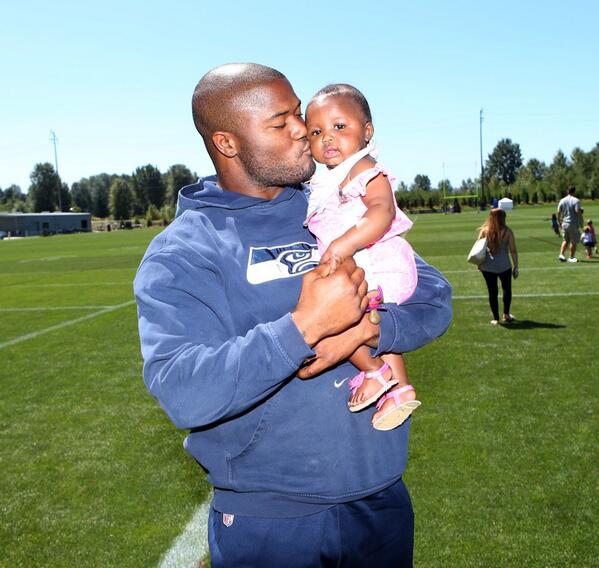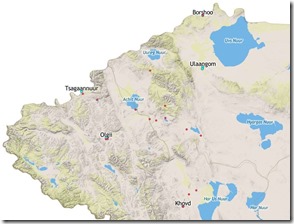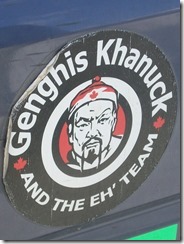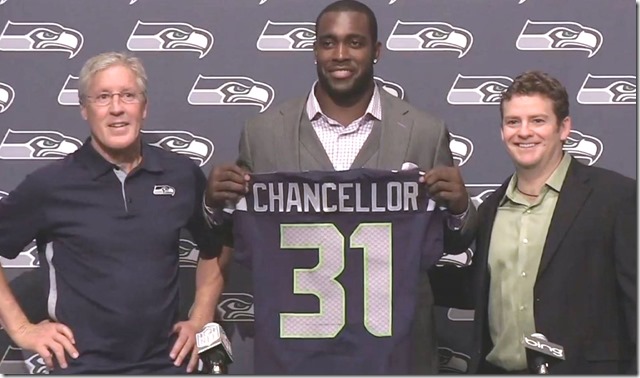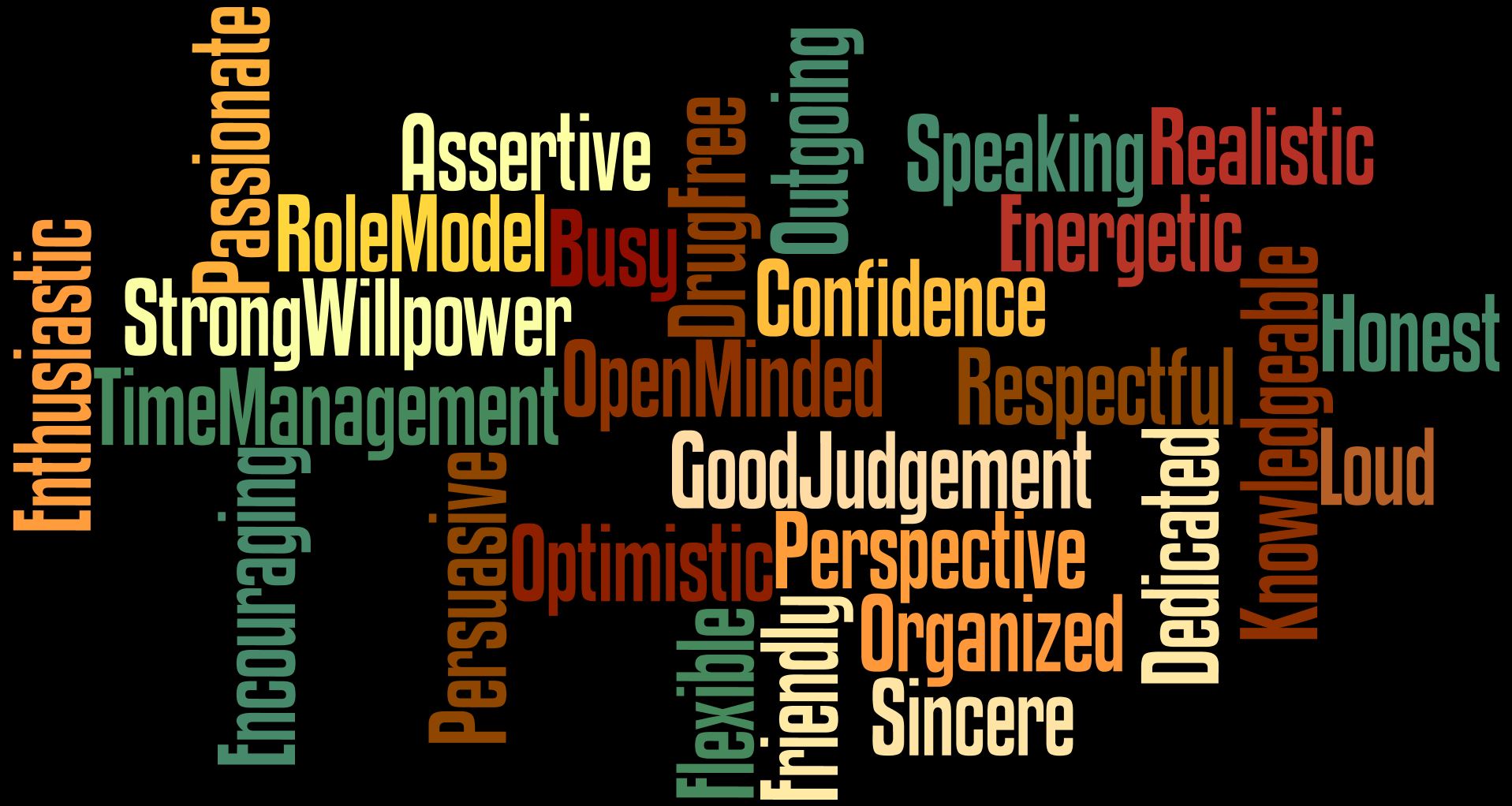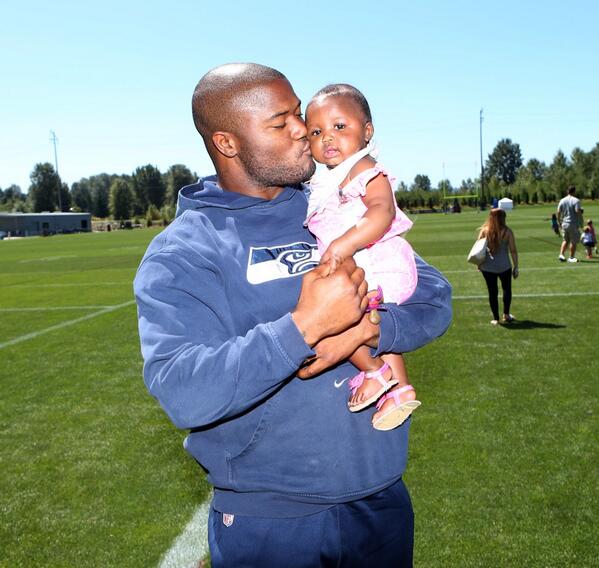
Michael Robinson, fullback for the Seattle Seahawks often found clearing the field in front of Beastmode Marshawn Lynch, is one of my favorite players in the game. Robinson has been out of practice for several days, and did not travel with the team to play in the preseason game in Green Bay. Coach Pete Carroll has said that Robinson has been ill, and that’s why he’s out. I am reluctant to wish anyone ill, but I really hope that’s the case. I worry because an alternate possibility is that at about the same time the Seahawks traded another of my favorite players, John Moffitt, they may have had a similar discussion with Robinson.
It has to happen at some point. Robinson has been in the league for seven years – four with the San Francisco 49ers, and the last three with the Seahawks. In the NFL at large, Robinson might be considered at mid-career. As Seahawks players go, Robinson is pretty old; there are only three players on the current 90-man roster older than he is. On many teams, age and experience would be considered an edge; Seahawks Coach Carroll is known for giving everyone an equal shot to compete, rookies right alongside league legends. With the stunning success of Coach Carroll and General Manager John Schneider in recruiting and player development, the Seahawks have tremendous depth at almost every position, with lots of young, very talented players ready to step up. There are 90 hungry, talented young men competing for 53 jobs. Whether or not it’s this year, at some point, Robinson will be leaving the team – almost certainly before he and the Seahawk fans are ready.
I am so grateful that my friend, author Maureen McQuerry, recommended that I buy “The Emotion Thesaurus” by Angela Ackerman and Becca Puglisi. As a scientist trying her hand in fiction for the first time, I am finding what a challenge it is to convey creatively and accurately what emotions my characters are experiencing. I realized this morning that I have pulled up the Kindle version of the book a dozen times since I purchased it. For each emotion listed, Ackerman and Puglisi include sections on Definition, Physical Signals, Internal Sensations, Mental Responses, Cues of Acute emotion and Cues of Suppressed Emotions. These entries make it possible to describe the emotion in multiple dimensions, giving the description depth and richness. The book includes a chapter with tips about writing emotions, a writer’s tip at the end of each entry, and a recommended reading list at the end. The authors also include a link to their blog, The Bookshelf Muse where they offer similar thesauri for Physical Attributes; Character Traits; Weather and Earthly Phenomena; Color, Textures and Shapes; Settings; and Symbolism.
While the Emotion Thesaurus doesn’t have every emotion I’ve searched for (such as despair, panic or grief) it has a useful variety of emotions. For those emotions that aren’t included specifically, I’ve been able to draw inspiration from related entries.
I definitely recommend this as a resource for anyone trying to ensure the emotions included in their writing are accurate and well-grounded. Thank you, Ms. Ackerman and Ms. Puglisi!
Squeee! The 2013 Mongol Rally launches on 14 July!
The Mongol Rally is a true adventure – covering 10,000 miles overland with no set route, from Europe to Ulaanbaatar, in tiny, tiny little cars. It takes about 40 days and to say that it is challenging is a considerable understatement.
One of many pleasures from my first month-long trip in Mongolia was meeting some of the crazy teams from the Mongol Rally while we were working at the border crossing in Tsagaannuur in western Mongolia. Some of the teams were there for three days waiting for approval on paperwork.
We enjoyed seeing the caravan of vehicles waiting at the border crossing, with their vehicles covered in abundant stickers, photos, signatures, and the decals of their logos. My two favorite logos were “Genghis Khanuck and the Eh Team” (from Canada, get it?) and “Two Chicks, One Car, 10,000 Miles of Trouble”.
Want to do something really different for Dad this Father’s Day? Treat him to a remote staycation in beautiful and exotic Mongolia for less than $10!

Check out …
… the very cool the group, Hanggai (above) and download your favorite(s); maybe “He Who Travels Far”?
… the short, picture-filled, easy-reading, casual travelogue “A Month in Mongolia” on Kindle from Amazon and select “Give as a Gift”!
Let me know when you and Dad decide to make it a real Mongolian vacation!
Why, thank you, Amazon. Yes, I think I would enjoy that book!
If you think you would too, you can get it here or borrow it for free from the Kindle Lending Library. http://amzn.to/W9Y5Eo
One way to think about developing leadership skills is to think of spheres of influence and control, starting with the individual and working out. Leadership skills can be honed within the individual; in one-on-one interactions; on the team; while leading the team; and in the community.
The decision by Coach Pete Carroll and General Manager John Schneider to extend Kam Chancellor’s contract with the Seattle Seahawks is a reflection of leadership excellence in each of these areas of influence.
Individual Leadership
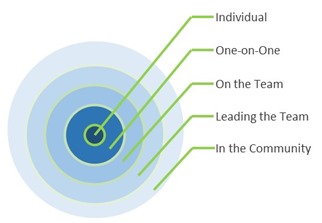 In his time with the Seahawks, Kam has shown individual leadership as a person and as a player. On the personal side, his twitter account bio says “Well respected, well mannered” and as far as the #12thman can see, he lives it.
In his time with the Seahawks, Kam has shown individual leadership as a person and as a player. On the personal side, his twitter account bio says “Well respected, well mannered” and as far as the #12thman can see, he lives it.
As a player, Kam is a serious student of the game. As a strong safety, his job is to hit guys on the other team. Hard. He does it really well. You can tell when he has laid a hit on someone, even without seeing the play, because of the sound the hit makes. That’s how he earned his nickname “BamBam” because of how reliably and powerfully – and audibly – he tackles opponents. Read More
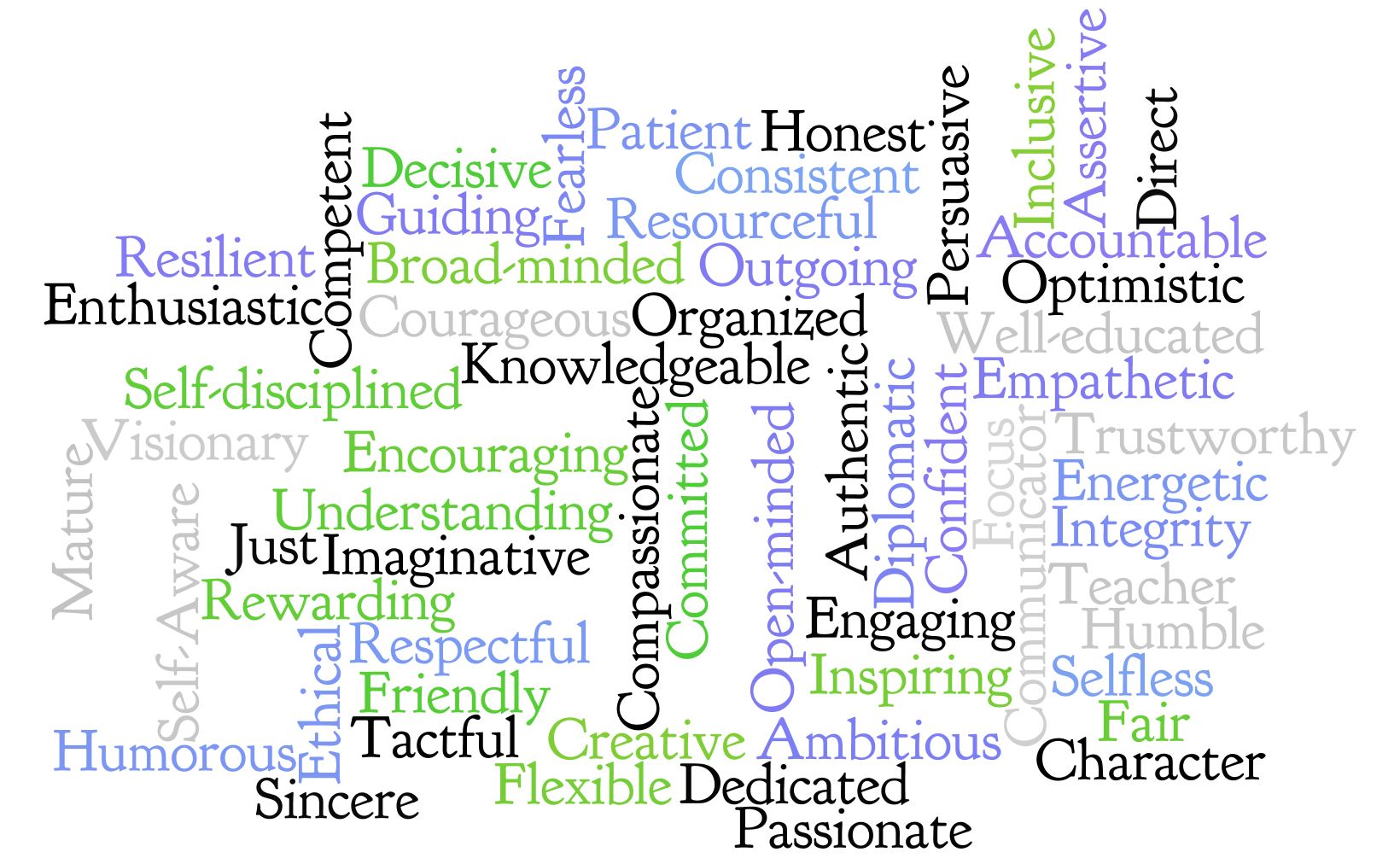
My latest work in progress is a book about leadership and teamwork. I wanted to introduce various characteristic traits and behaviors that have been associated with excellent leadership. There are countless books, articles, blogs, and discussion boards on leadership, and many of them have some form of “Top Ten” list of characteristics needed by great leaders. How then, to represent these many views? In a perfect world, I’d scrape the text from all the best sources of thinking on leadership and teamwork and distill from it all the characteristics associated with excellent leadership. More realistically, I thought about finding a word cloud on leadership.
<…scurries off, Googles “leadership word cloud”…>
It turns out, there are a LOT of leadership word clouds. Apparently, gathering ideas of what constitutes good leadership and creating a word cloud from it is a common activity for management workshops! The clouds have different emphasis and levels of detail, and breadth that I found surprising. Here are some illustrative examples. To see thousands (!) more, go here: leadership wordles.
See any surprises? Anything you disagree with?
This is the third in a series of posts about republishing works in the public domain. In the first post, “Respect the Work: Republishing Public Domain Works,” I described aspects of the process of republishing works in the public domain. In “Respect the Work: Shortcuts Used to Republish Public Domain Works” I described steps in the process in more detail, and in particular shortcuts taken by some publishers that result in such a poor quality book that it reflects disrespect on the author of the original creative work. This post addresses what can be done by publishers — and readers — to encourage republication of editions of works in the public domain that honor the author of the original creative work.
Ensure that the work is in the public domain.
The first step in making a public domain work available by republication is to ensure that it is in fact in the public domain, and not still protected by copyright. Even if the author is long dead, the copyright protections on the author’s work may be in place. Copyright law is complex, and protections afforded to a creative work vary depending on when (or if) it was published, when (or if) it was registered, where it may have been copyrighted, and when or whether an existing copyright on the work has been renewed. Read More


